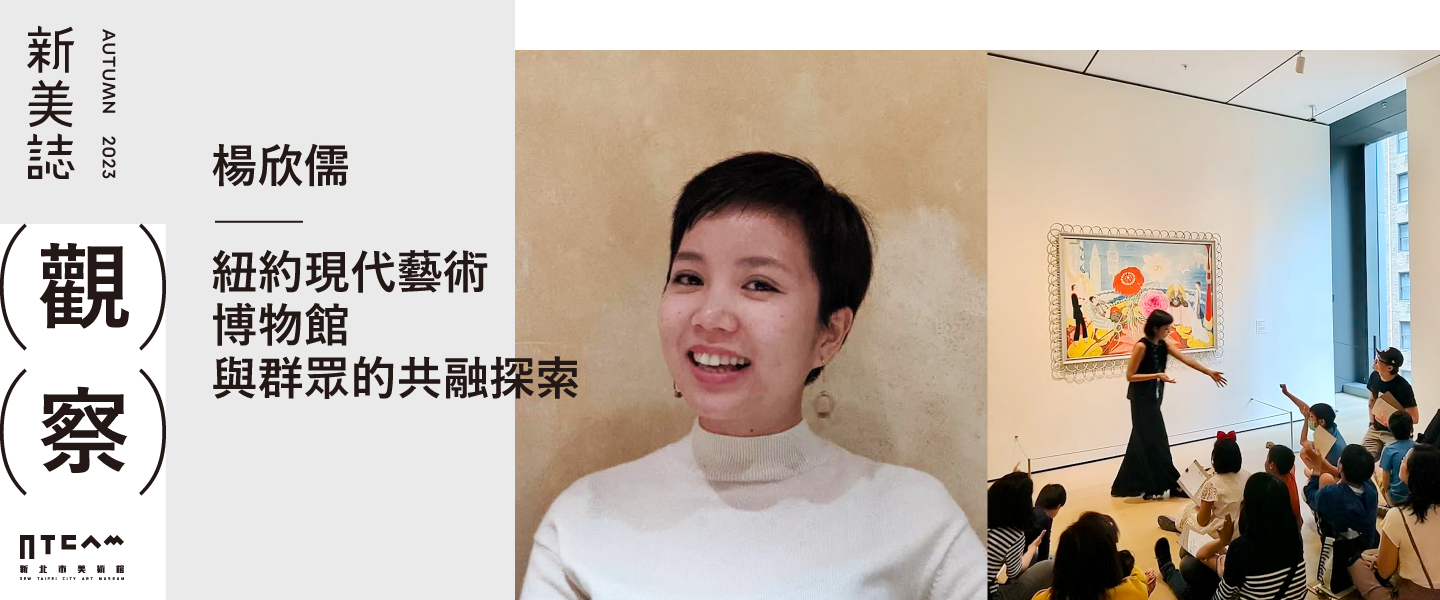Moving toward Audience-Centered Museums: Insights from MoMA's Learning Specialist Jocelyn Yang
In recent years, museums have tried to step down from the ivory tower and develop relationships with communities , reviewing the long-held notion of visitors being passive recipients. The question of "Who are we serving?" is one that museum professionals frequently ponder. Jocelyn Yang, a full-time Learning Specialist at the Museum of Modern Art (MoMA) in New York, shares her close-up observations, providing valuable insights into the perspectives, practices, and challenges that museums, especially MoMA, bring to light.
Jocelyn Yang points out that many museums in New York offer guided tours for families and schools, with the majority led by professional educators. This makes a significant difference on the quality of these education programs. Using MoMA's school tours as an example, museum educators proactively collaborate with school teachers. We would learn about their expectations and needs, and then tailor the content of the tours based on factors such as age, developmental stage, school curriculum, interests, and special needs. This participant-centered approach creates a safe space where attendees can actively participate and learn from each other .
Many museums have acknowledged the unique needs of different audience groups and have since gradually moved away from the one-size-fits-all approach. In MoMA's case, the Learning and Engagement Department is composed of teams focusing on specific audience groups- public, school, family, youth, and access audiences. Each team works closely with communities to develop programs that meet the needs of specific audience groups.
She further believes that before museums can genuinely serve the public, they need to engage in continuous self-reflection and take actions to remove any barriers that keep communities away from the museum . Only then can they truly achieve inclusivity and make all individuals feel welcome.
